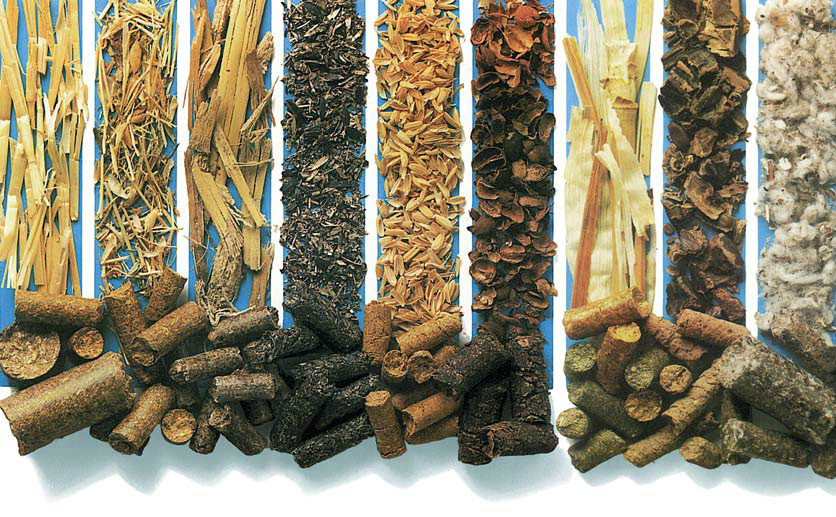The distribution of biomass raw materials, low calorific value and complex composition make the development and utilization of biomass resources difficult and economical. The preparation of biomass briquettes is a main method of biomass energy utilization, which can convert loose-textured biomass raw materials into fuels with dense structure and good quality. However, due to the physical and chemical anti-degradation barrier properties of macromolecular polymers such as lignin in biomass, cell wall components will not be fully utilized when preparing molded fuels, resulting in low mechanical strength and energy density of biomass molded fuels. , Which seriously hinders the further improvement of the quality of biomass briquettes.

Therefore, the use of appropriate pretreatment processes is a necessary means to achieve efficient utilization of biomass energy. Among them, hydrothermal pretreatment (HT) and low temperature pyrolysis pretreatment (DT) have the advantages of low treatment temperature, no need for catalysts, no special reactors, and low requirements for biomass particle size before pretreatment. They are widely used In the pretreatment process of biomass briquettes.
Scholars at home and abroad have conducted relevant theoretical and experimental studies on the processes of biomass HT and DT. The results show that the biomass briquettes prepared after DT pretreatment have low moisture content, good grindability and hydrophobicity, and are suitable for long-distance transportation and long-distance transportation. Time storage. Shang et al. found that the calorific value of red pine rose from 18.37 MJ/kg to 24.34 MJ/kg after being pretreated by low-temperature pyrolysis at 230-270℃, but the mechanical strength of red pine briquettes decreased rapidly. Experiments by Faizal et al. concluded that palm shells can be smoothly compressed and molded after being pretreated by low-temperature pyrolysis at 250~300℃, while oil palm fruit peels can only be successfully formed after pyrolysis treatment at 250℃. Therefore, it is believed that the pretreatment temperature affects the biomass. The most important factor in molding performance. After hydrothermal pretreatment, the energy density, strength and combustion characteristics of biomass briquettes have been significantly improved. Lynam et al. prepared Loblolly pine hydrothermal charcoal at 200~260℃, and found that with the increase of hydrothermal temperature, the calorific value of hydrothermal charcoal increased by 30%, but its mass yield decreased slightly. Yang et al. found that the calorific value of hydrothermal charcoal is most affected by the composition of biomass. When the proportion of lignin increases from 71.2% to 81.4%, the calorific value of hydrothermal charcoal increases from 22.0MJ/kg to 27.7MJ/kg.
The above research shows that both DT and HT pretreatment methods can improve part of the performance of biomass briquettes, and the pretreatment temperature and biomass type have an important impact on the performance of biomass briquettes. However, the above-mentioned research only focuses on a single pretreatment process, or a single biomass feedstock as the research target, and comparative studies on the effects of HT and DT treatment processes on the physical and chemical properties of different types of biomass briquettes are rarely reported.
In this paper, cotton stalks and wood chips are used as raw materials, and hydrothermal pretreatment and low-temperature pyrolysis pretreatment are carried out in a high-pressure reactor and a fixed-bed reactor, respectively, and the treated biomass is compressed under the same conditions. Through comparative analysis The solid phase product yield, apparent density, compressive strength, calorific value, ignition temperature, burn-out temperature and comprehensive combustion characteristic index of biomass briquette fuels explore the physical properties and combustion characteristics of HT and DT for different types of biomass briquette fuels And obtain the best pretreatment process conditions.